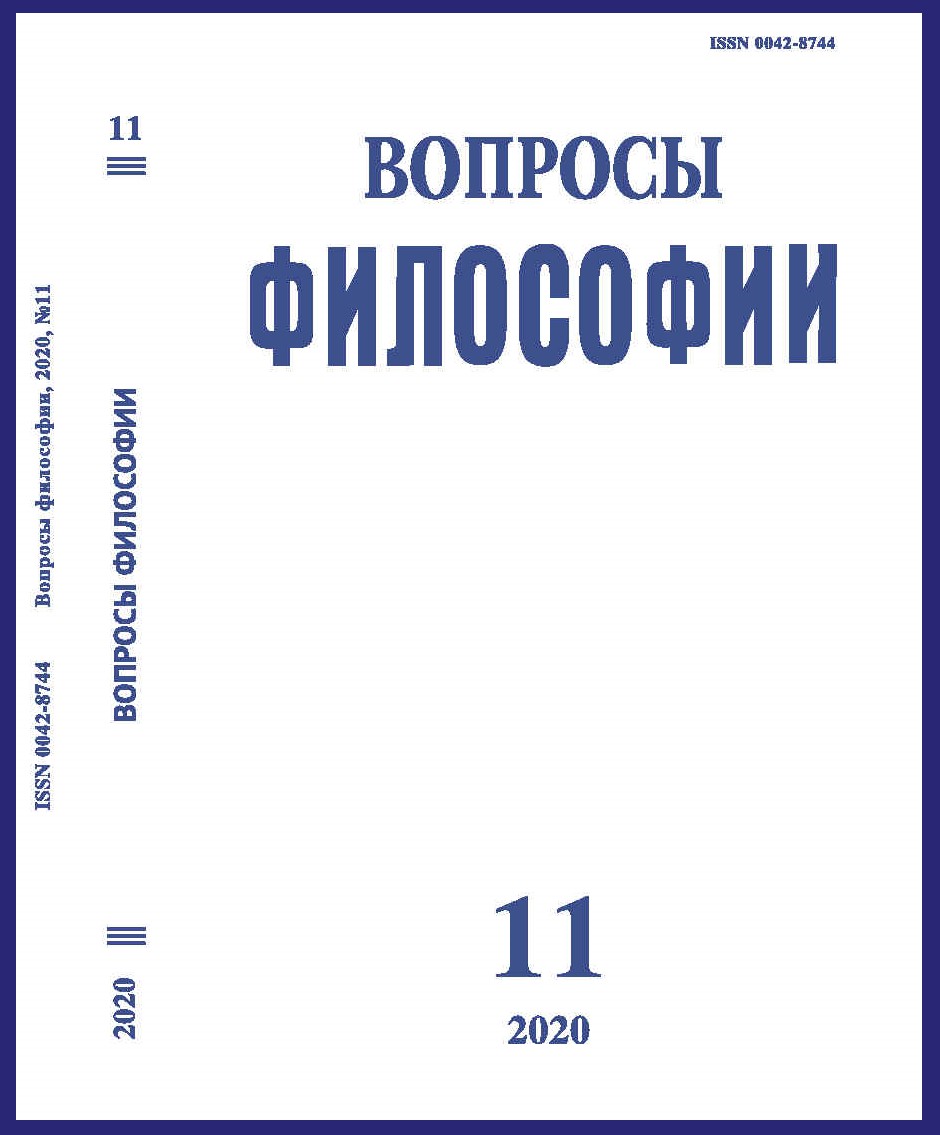In the Light of Cultural Transfers: Bergson and Philosophy in Germany
DOI:
https://doi.org/10.21146/0042-8744-2020-11-178-188Keywords:
history of philosophy, cultural transfers, Franco-German intellectual contacts, H. Bergson’s philosophy, Michel Espagne, Caterina Zanfi, Max SchelerAbstract
The article discusses some of the principles of cultural transfer methodology, developed by Michel Espagne and Michaël Werner, in which much attention is paid not to the influence of one culture on another, but to multifaceted intercultural interactions. This method, which emerged in the early 1980s in the field of the study of Franco-German intellectual contacts, showed its productivity in other areas of research. The author of the article moves from this broad topic to its narrower aspect: demonstrating how this approach is applied in the book by Caterina Zanfi “Bergson and German Philosophy. 1907‒1932”. This paper presents for the first time a broad picture of the reception of Bergson’s philosophical ideas in Germany and, conversely, the comprehension by the French thinker of the views of his German colleagues and the critical judgments addressed to him, which later affected the development of the concept of “Two Sources of Morality and Religion”. In this sense, the experience of the First World War played a large role, when a surge of nationalist sentiments led to the complete cessation of mutual contacts. Narrowing the subject even further, the author considers, as one of the illustrative examples, some of the results of a study conducted by Western historians of philosophy on the intellectual dialogue between Bergson and Scheler, which influenced the views of both philosophers.

